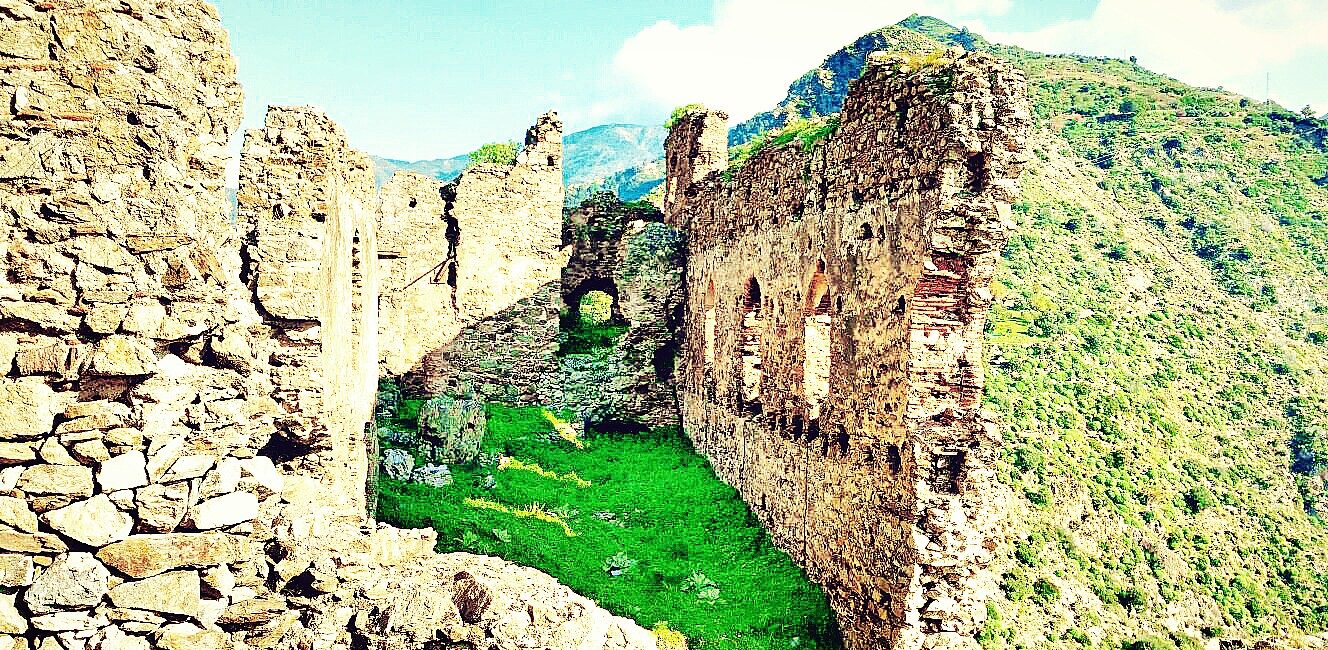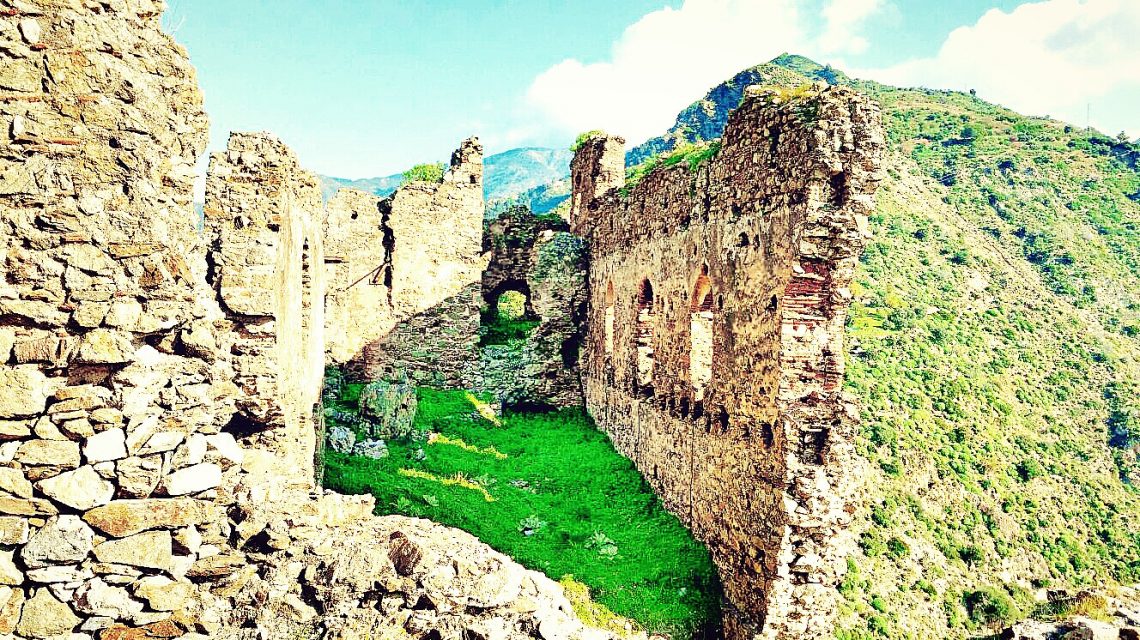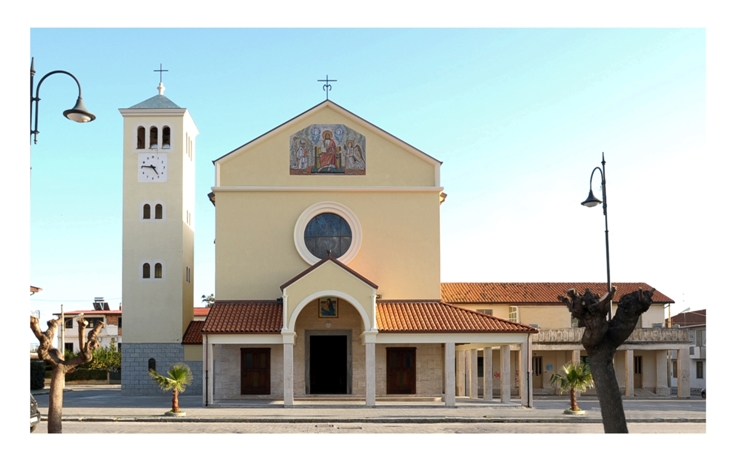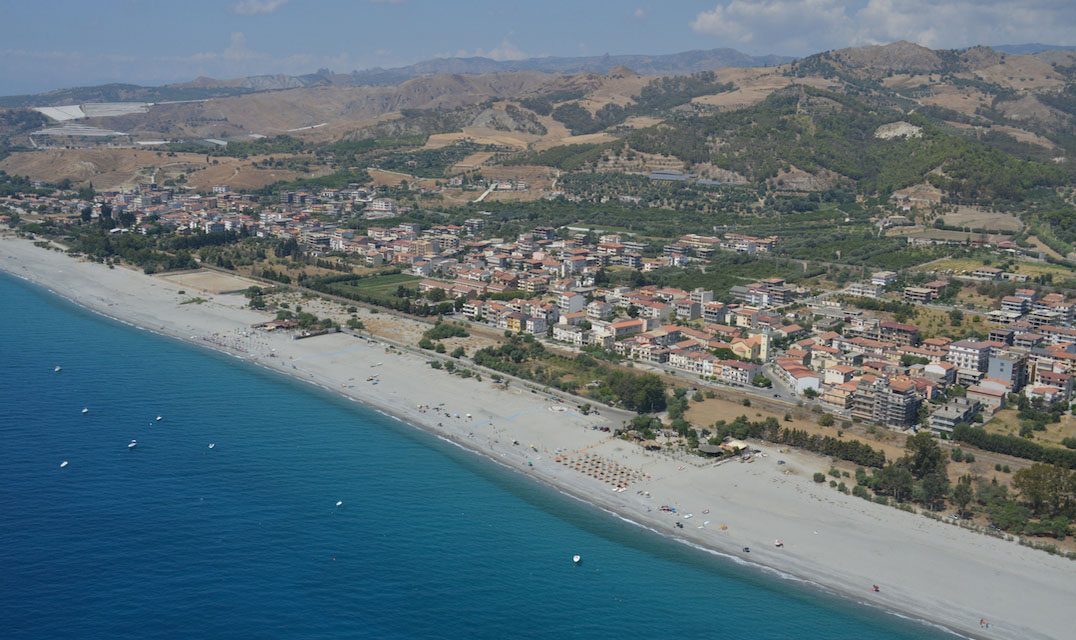Tarantella, Greek language and bergamot. These are the three elements that make Condofuri one of the most characteristic centers of Greek Calabria.
Condofuri consists of a complex territory rich in settlements different in history and traditions: Condofuri Superiore and Marina, San Carlo, Amendolea and Gallicianò. Condofùri (“Condochùri”) whose main axis is now oriented mainly on the marina (Condofùri Marina), maintains part of the administrative offices in Condofùri Superiore.
Its historical position, once marginal compared to Amendolèa and Gallicianò, contained in the toponym (“Condo-Chùri”, “near the town”) was reversed by the general tendency of today’s inhabitants to abandon the internal areas privileging the neighborhoods born in the marina .
THE NAME
Koundouroi is mentioned for the first time in a Byzantine cadastral document of the mid-eleventh century. The name of the center, deriving from the Greek Kontochori, would mean “low country” or “near the town”, in reference to Bova or Gallicianò.
HISTORY
According to tradition, Condofuri was founded by the inhabitants of Gallicianò. In confirmation of this thesis, a report by Mons. Morabito, bishop of the place, dating back to 1754, narrates that the church of Condofuri did not have a parish priest because, being a “not ancient colony” of Gallicianò, the village was also employed by for the care of spiritual matters.
The scholars trace the origins of the village of Condofuri to the period of Roman domination. The village of Amendolea, on the other hand, was probably born as a border bulwark of the territory of Locri and it is probable that in the Middle Ages the village had a certain commercial and military importance due to its strategic position.
Definitely abandoned after the earthquake of 1908, the historical Amendolea was rebuilt as a small agro-pastoral village at the foot of the great fortress on which the ruins of the Ruffo castle are still visible today.
DISCOVER THE TOWN
Perched 300 meters from the sea, the small town boasts a virtually intact hinterland, dominated by the imposing Fiendara Amendolea: the ancient highway to the Aspromonte, still walkable today to the picturesque Maesano waterfalls. In the village, still inhabited by a few elderly people, was the majestic church of San Domenico, rich in important wooden sculptures dating from the sixth to the twentieth century.
The center of Condofuri is really characteristic, with houses and streets arranged in steps that alternate terraces with balconies full of flowers.
To see the parish church, of ancient foundation, which preserves numerous works by local artists, the castle of Amendolea, visible already from the provincial road, which preserves the embattled walls and remains of a tower and that according to legend was united by a secret gallery at the fraction of San Carlo di Condofuri.

Gallicianò deserves special attention, the only village entirely Hellenophone, even if the Greek language used here is confined in an increasingly exclusively domestic environment. Gallicianò is known throughout the area for its high conservatism compared to the Grecan traditions, not only in the linguistic field but also in music, gastronomy and ritual. Here in 1999 the small orthodox church of Panaghìa tis Elladas (Madonna dei Greci) was opened. The small church, of typical peasant structure, built by the architect Domenico Nucera (known as Mimmolino the Artist), renovating a stone house in the upper part of the village, is open to worship and represents the testimony of a renewed ecumenical climate and a return of the Orthodox in sites of ancient Greek worship.
Today the Condofùri axis is mainly oriented to the marina (Condofùri Marina), even though it maintains part of the administrative offices at Condofùri Superiore. Condofuri Marina, and its beaches, are populated in the summer with a good presence of tourists. Let’s not forget that the Grecanica Area is the ideal destination for those who love the sea and the mountains. Both are in fact within a few kilometers.
TARANTELLA GRECANICA
The fulcrum of the Grecanian tarantella lies in the tambourine that in this context becomes the absolute protagonist, not only an accompaniment instrument. This traditional dance is part of the Greek heritage and offers a show whose roots sink in antiquity.




